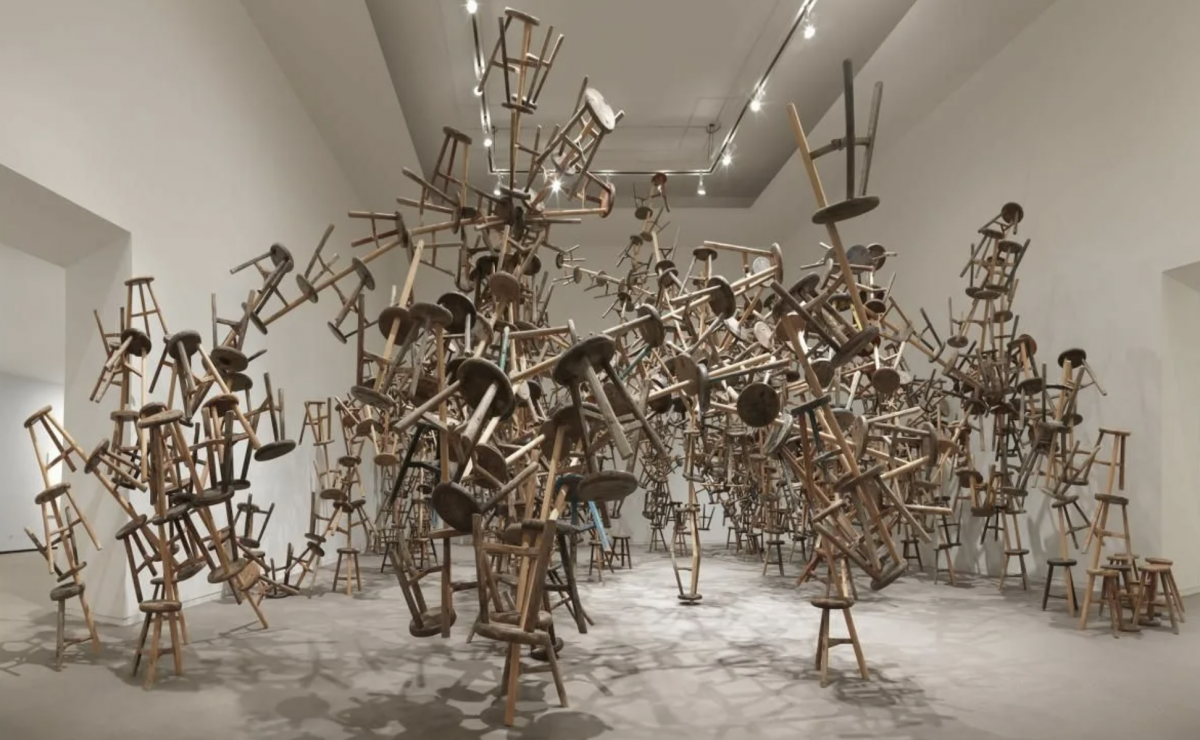Ai Weiwei: The Artist as a Social Activist

Ai Weiwei is a name that resonates beyond the confines of traditional art circles into the realms of activism, political debate, and human rights advocacy. Born in Beijing in 1957, Ai Weiwei has ascended to become one of the most prominent contemporary artists and dissidents of our time. With his audacious art installations, provocative sculptures, and bold social media presence, Ai has become a formidable force in challenging the status quo and advocating for freedom of expression and human rights. This article delves into the life, art, and activism of Ai Weiwei, exploring the profound impact he has had on the global stage.
Early Life and Influences:
The son of renowned Chinese poet Ai Qing, Ai Weiwei developed an innate awareness of artistic expression and political unrest. During Chairman Mao's Anti-Rightist Campaign in 1958, his family was exiled to Xinjiang province, where they endured harsh conditions. This formative experience of political oppression left a lasting imprint on Ai. In 1978, he enrolled in the Beijing Film Academy and subsequently became a member of the early avant-garde art group "The Stars," which sought artistic freedom and political reform.
Artistic Ascension and Provocative Works:
Ai’s artistic journey veered into various avenues. His New York years (1981-1993) were influential, where exposure to works by Marcel Duchamp, Andy Warhol, and Jasper Johns inspired him to explore the dichotomy between art and life. His photographs from this period capture a city bustling with creativity and protest, foreshadowing the fusion of art and activism that would become Ai's trademark.
Returning to China in 1993 due to his father's illness, Ai’s art continued to thrive. He was instrumental in the development of the Beijing East Village art scene and curated groundbreaking exhibitions. His works ranged from large-scale installations, such as "Sunflower Seeds" at the Tate Modern, comprising millions of hand-painted porcelain seeds, to photography challenging government transparency and accountability.
One of his most potent projects, “Remembering,” in 2009, was a response to the Sichuan earthquake. Using backpacks, Ai created a mural on the exterior wall of the Munich Haus der Kunst to commemorate the thousands of schoolchildren who died, their deaths attributed to poor construction, an issue the Chinese government preferred to keep quiet. The piece exemplified Ai's commitment to using his art for social commentary and action.
Political Activism and International Influence:
Ai Weiwei's activism has been as much a part of his legacy as his art. He has relentlessly pursued justice and dared to criticize the Chinese government openly. Ai uses his considerable international platform to draw attention to issues of human rights, freedom of expression, and the plight of refugees. His 2017 documentary, "Human Flow," chronicles the staggering global refugee crisis, capturing the stories and struggles of displaced individuals across 23 countries.
The costs of Ai’s activism have been personal and severe. He was detained in 2011 for 81 days without charge, an event that drew international protest and highlighted the lack of legal transparency and human rights in China. Despite ongoing surveillance, harassment, and an inability to leave China for several years, Ai’s dedication to his principles remains unwavering.
Legacy and Ongoing Impact:
Ai Weiwei's artistry is not confined to the conventional boundaries of the artistic realm; it is a continuous discourse between creation, activism, and life itself. His work transcends cultural barriers and speaks to the fundamental human quest for truth and justice. More than just an artist, Ai is a cultural figure whose actions and artistic endeavors challenge the audience to engage with broader socio-political issues.
Ai Weiwei embodies the archetype of the artist as an agent of change, illuminating the power of art as a catalyst for social transformation. His commitment to advocating for human rights and employing art as a means of resistance has made him not only a vanguard of contemporary art but also a beacon for civil liberties globally. As an artist and a human, his legacy continues to influence and inspire, reminding us that our voices, like his, can be potent instruments of change in the face of oppression and injustice.